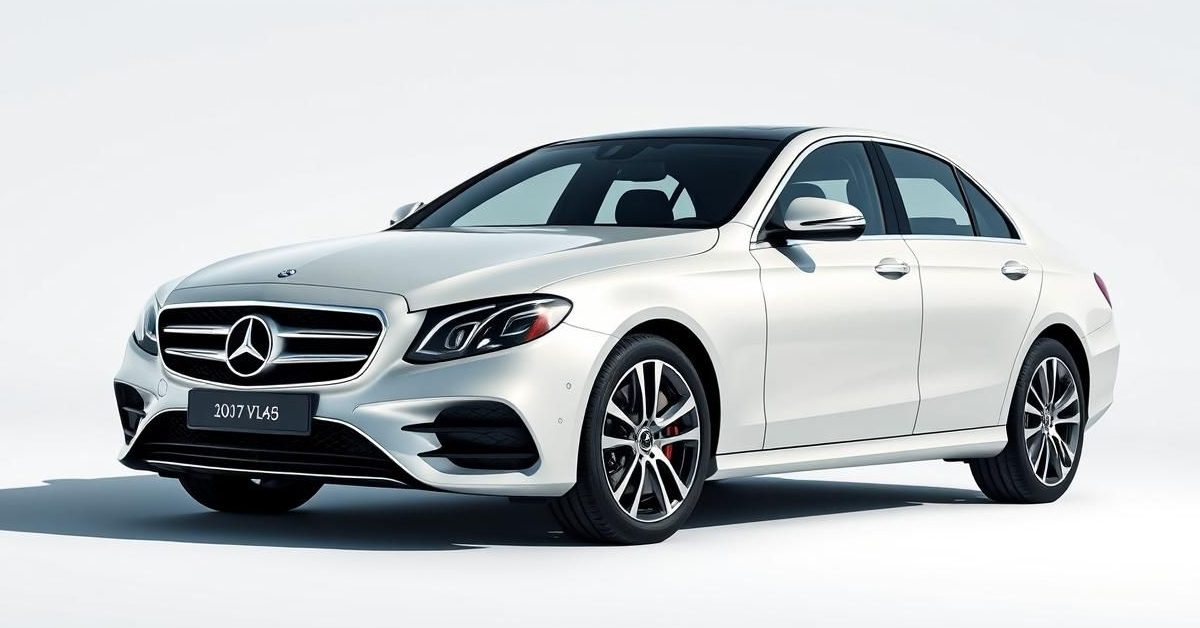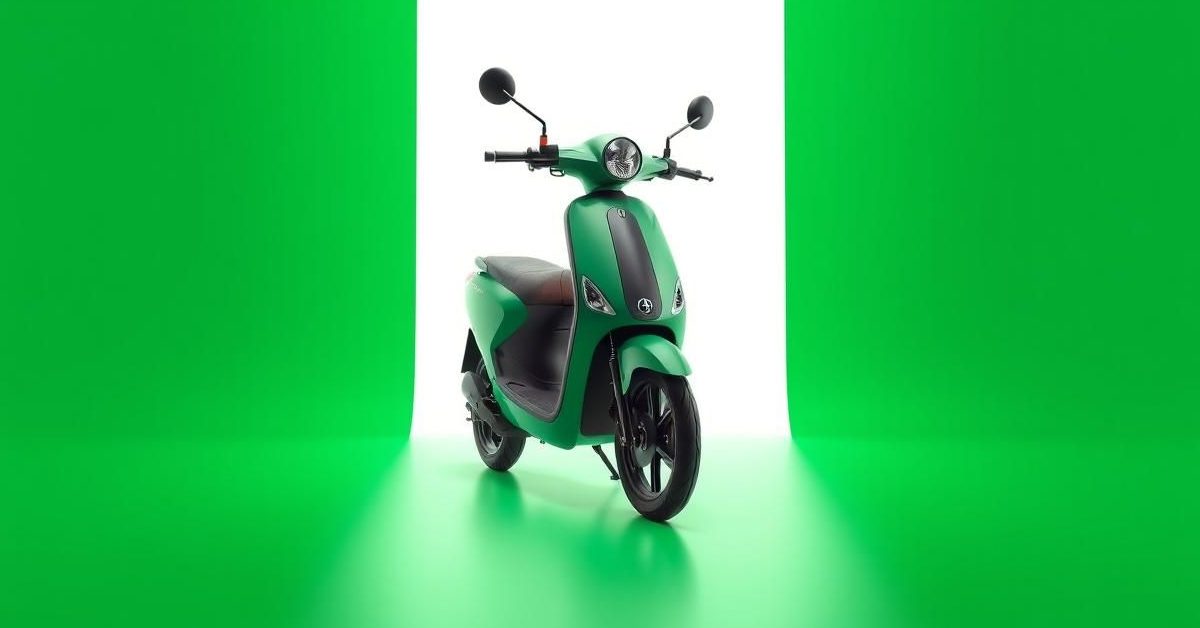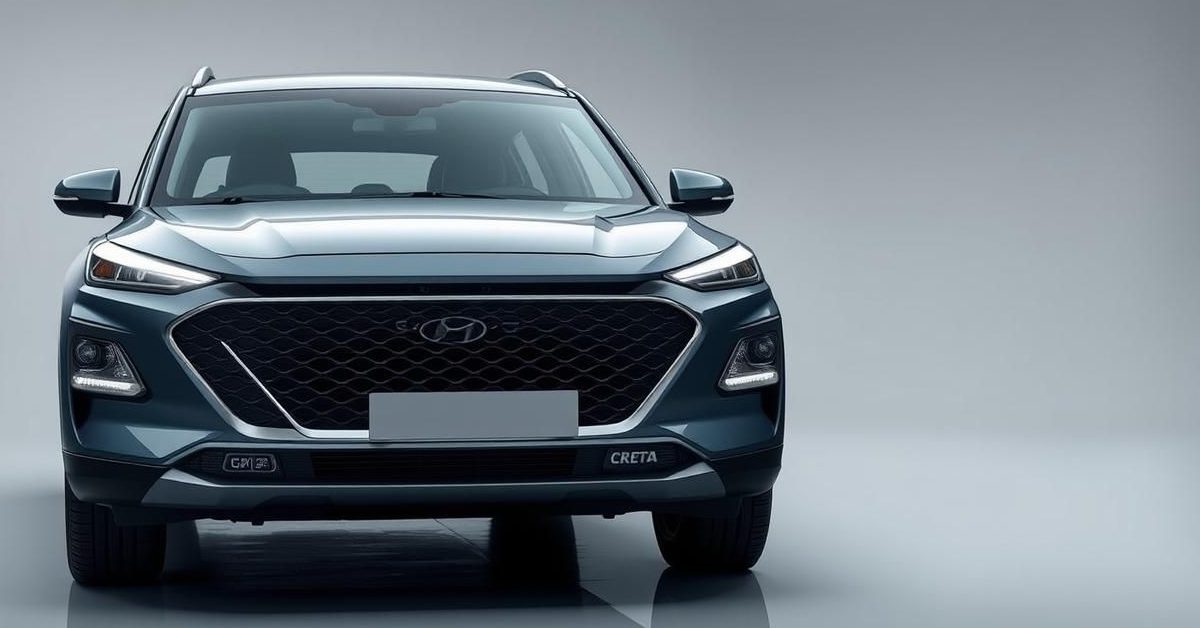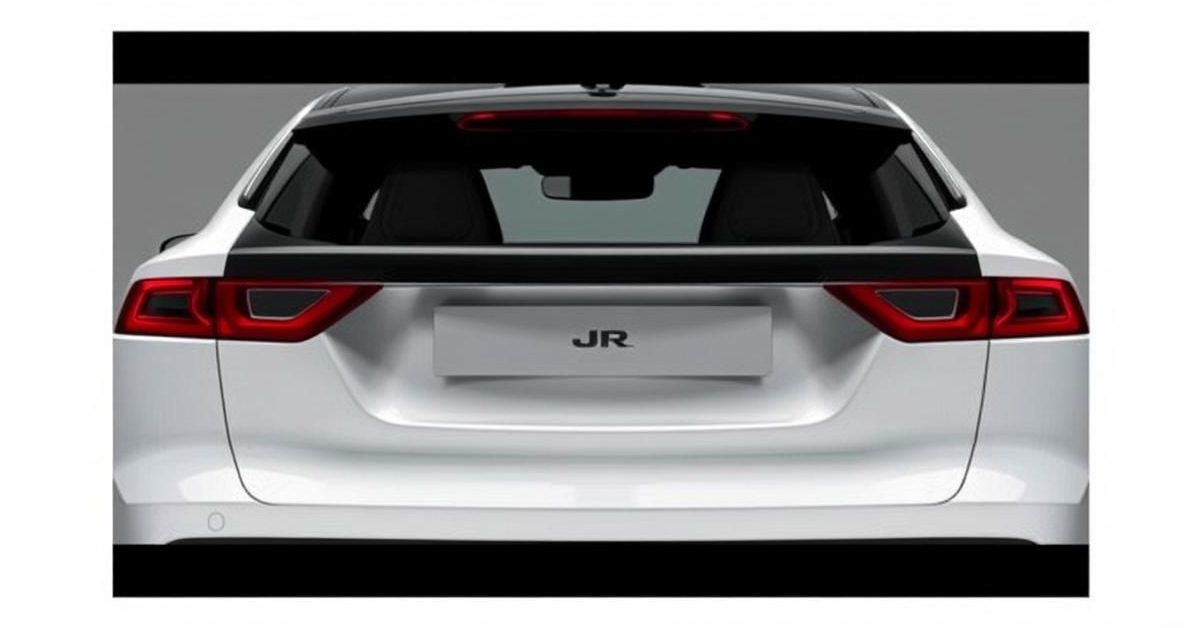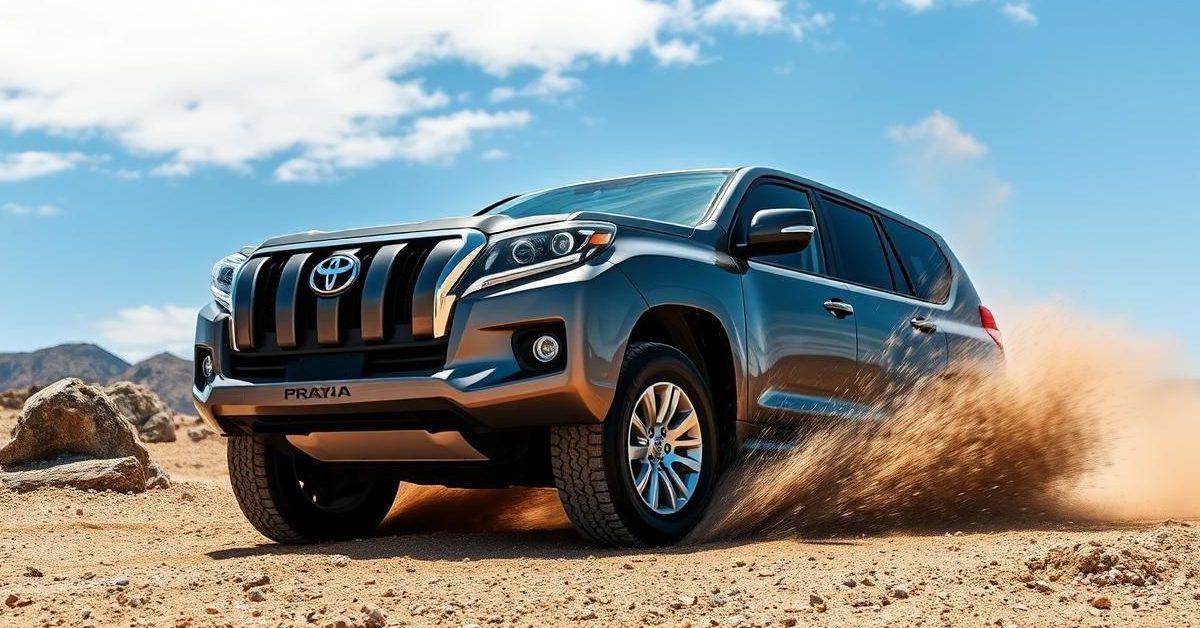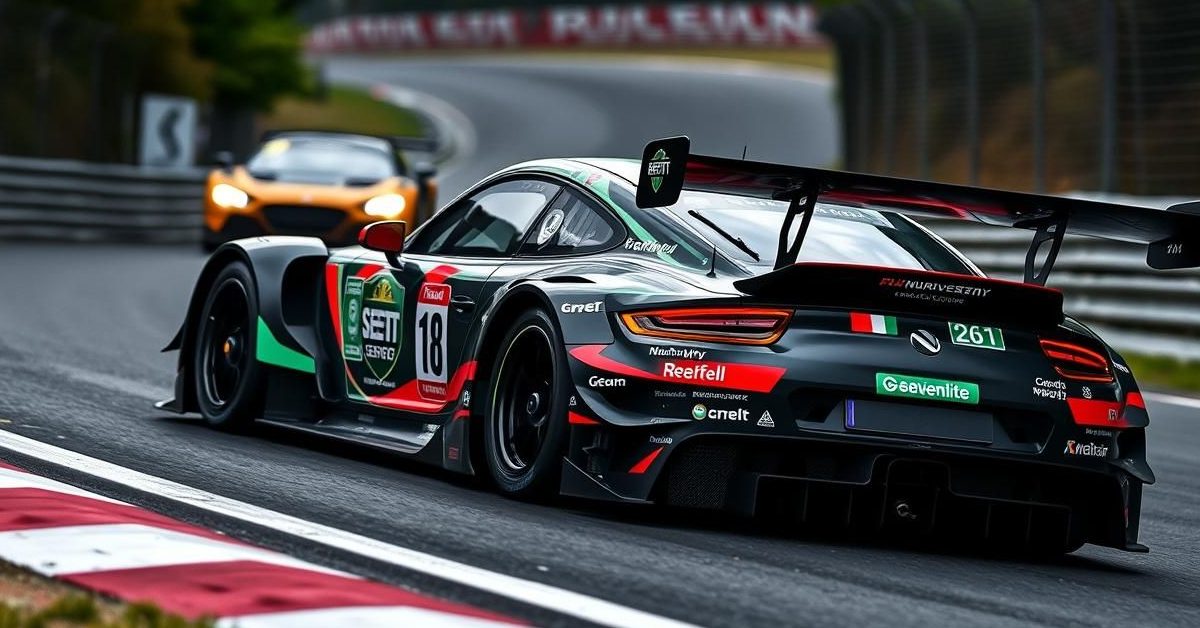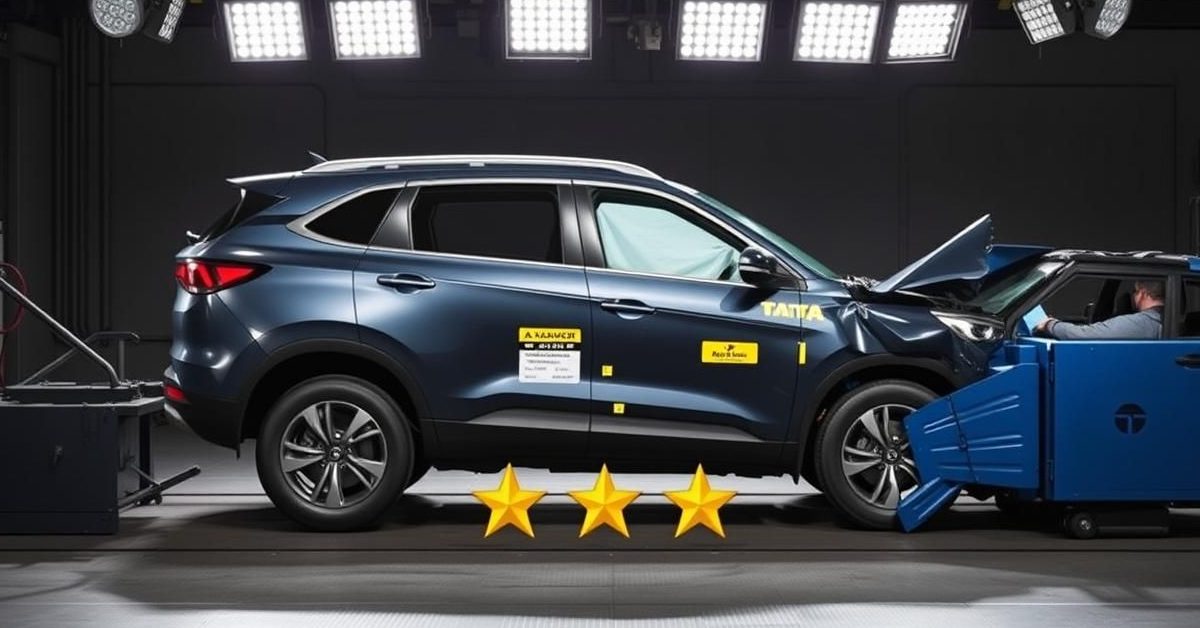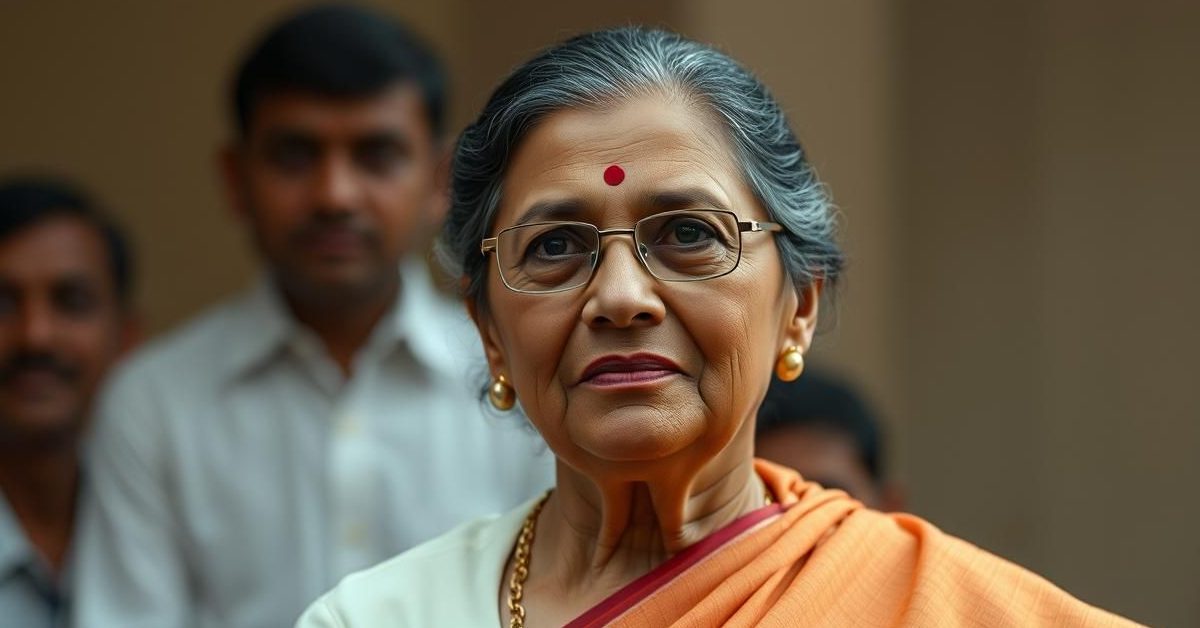The Evolving Landscape of Indian Luxury Cars: FY2025 Insights
The Indian luxury car market, a realm synonymous with aspiration and prestige, navigated a complex landscape in Fiscal Year 2025. While overall growth appeared modest at a mere 0.55 percent year-on-year, pushing combined sales to 48,849 units among the top five players, this seemingly tepid figure belies a profound transformation. Underneath the surface, dynamics like the surging popularity of premium SUVs, the rapid expansion of electric vehicle (EV) portfolios, and a strategic pivot towards greater localization are reshaping how India experiences automotive luxury.
This period was not merely about sales numbers; it was about brand resilience, shifting consumer preferences, and the silent revolution of sustainable mobility. From the established giants to the rising challengers, each player in this high-stakes segment revealed a unique story of adaptation and ambition.
Mercedes-Benz: Sustaining Dominance with Strategic Agility
Mercedes-Benz, the venerable German marque, once again affirmed its formidable leadership in the Indian luxury car segment. Their 4 percent year-on-year growth isn’t just a statistic; it reflects a mastery in navigating market complexities and an unwavering connection with its discerning clientele. A critical accelerator for this stellar performance has been the burgeoning demand for its Top-End Vehicle (TEV) portfolio, comprising models priced above a princely Rs 1.5 crore.
Vehicles such as the opulent S-Class, the ultra-exclusive Maybach range, and the iconic, rugged G-Class continued to command intense desire. This elite segment alone witnessed an astounding 34 percent growth, underscoring a robust appetite for ultimate luxury. The widespread waiting periods stretching for many months for these top-tier models serve as a tangible testament to their overwhelming demand and the brand’s premium positioning.
Beyond the realm of sheer power and luxury, electrification is rapidly cementing its role in Mercedes-Benz’s Indian narrative. Electric vehicles now constitute a significant 7 percent of the brand’s total sales in FY25. The locally assembled EQS SUV has emerged as the clear frontrunner, surprisingly outselling its smaller, more accessible electric siblings like the EQA, EQB, and EQE SUVs. This signals a growing acceptance and preference for larger, more luxurious EVs. Despite the EV push, core models like the E-Class LWB (the brand’s overall bestseller), the versatile GLC, and the robust GLE continue to form the backbone of Mercedes-Benz’s impressive sales volumes.
BMW: The Agile Challenger and EV Pioneer
Securing the second coveted spot in the luxury segment, BMW matched Mercedes-Benz’s growth with a commendable 4 percent increase in FY25. The brand’s strategic focus on a diverse portfolio paid rich dividends. Its long-wheelbase sedans, specifically the 3 Series Long Wheelbase and the new 5 Series Long Wheelbase, resonated strongly with buyers seeking a blend of performance and rear-seat comfort. In the fiercely competitive SUV landscape, the agile X1 and the commanding X5 stood out as the brand’s bestsellers, catering to India’s burgeoning love affair with utility vehicles.
BMW’s commitment to electric mobility is particularly striking. With EVs comprising a notable 10 percent of its total sales, BMW has positioned itself as the leading performer in the luxury electric vehicle space. The locally assembled iX1, launched in January 2025, made an immediate impact, largely due to its compelling sub-Rs 50 lakh price point, making luxury EV ownership more accessible. This strong entry, complemented by the ultra-premium i7 sedan and the innovative iX SUV, underscores BMW’s foresight in the electrification race. Adding a touch of distinctive flair, the Mini brand, operating under BMW Group India, contributed approximately 4 percent to the total volumes, with the spirited Cooper S hot hatchback maintaining its unique appeal among a loyal niche.
Jaguar Land Rover: The Resurgent Powerhouse
The most remarkable growth story of FY2025 undoubtedly belongs to Jaguar Land Rover (JLR). The iconic British brand surged into the third position, leapfrogging a strong competitor, by recording an astonishing 40 percent year-on-year growth. This made JLR the fastest-growing luxury car brand in India, signifying a potent resurgence. The undeniable hero of this narrative is the indomitable Defender SUV, which alone witnessed a staggering 90 percent increase in sales, solidifying its status as JLR’s undisputed bestseller. The Defender’s blend of rugged capability and refined luxury has clearly struck a chord with Indian adventurers.
JLR’s strategic shift towards local assembly for its high-demand models has proven incredibly astute. The decision to assemble the Range Rover and Range Rover Sport in India translated into impressive sales hikes of 72 percent and 42 percent, respectively. This localization strategy, combined with a sharp focus on the immensely popular SUV segment, has significantly amplified JLR’s market footprint and consumer appeal.
Audi: Navigating Headwinds and Seeking Renewal
While some brands celebrated significant gains, Audi faced a challenging FY25, slipping a rank to fourth place. Reporting approximately 5,993 units sold, the brand experienced a 15 percent de-growth compared to the previous year. This slump can be attributed to several factors: the strategic shift away from diesel engines, an aging product portfolio that requires fresh infusions, and a relatively slower rollout of new models.
Despite these headwinds, Audi’s core models like the elegant A4 sedan and the versatile Q3, Q7, and Q8 SUVs continue to form the backbone of its sales. The brand now faces the critical task of revitalizing its offerings and accelerating new product introductions to regain its lost momentum and reclaim its competitive edge in a rapidly evolving market.
Volvo: Embracing Electrification Amidst Portfolio Constraints
Securing the fifth position, Volvo India also encountered a tough year, with sales falling by 18.60 percent compared to FY24. The brand’s more limited and, in some cases, aging product portfolio, coupled with a notably smaller dealer network compared to its German and British counterparts, appears to be taking its toll.
However, Volvo remains steadfast in its global commitment to sustainability and its transition towards an all-electric future. This dedication is evident in India, where one in every three Volvos sold in FY25 was an electric vehicle. Looking ahead, the compact electric crossover, the upcoming EX30, is poised to be a pivotal growth catalyst for FY26. Positioned strategically below the popular XC40 Recharge, the EX30 aims to broaden Volvo’s appeal and attract a wider demographic into its electrified ecosystem.
Lexus India: The Quiet Achiever’s Steady Ascent
Though Lexus India typically doesn’t disclose specific sales volumes, the premium Japanese marque reported a robust 19 percent year-on-year growth in FY2025, underscoring its steady and significant progress. The final quarter of the fiscal year saw particularly strong momentum, with a 17 percent increase over the same period in the previous year.
This consistent upward trajectory was primarily fueled by the strong performance of the luxurious Lexus NX SUV, which emerged as the company’s bestseller. The arrival of the ultra-exclusive LM MPV also generated considerable demand, catering to a niche segment seeking unparalleled comfort and refinement. March 2025 marked a historic milestone for Lexus India, achieving its highest-ever monthly sales, predominantly driven by the enduring popularity of the NX and RX SUVs. Lexus continues to carve out a unique space in the Indian luxury market with its distinct blend of craftsmanship, hybrid technology, and impeccable customer service.
